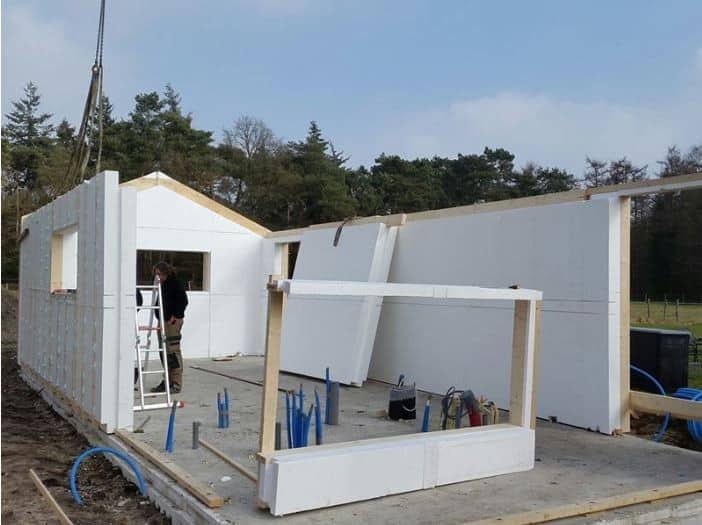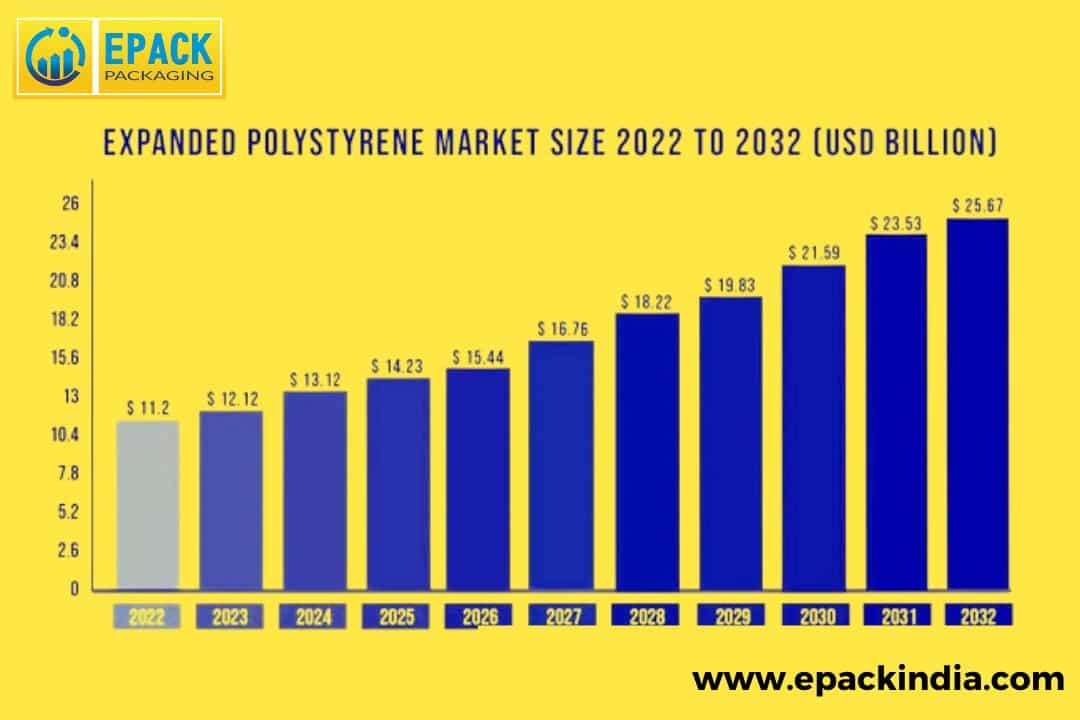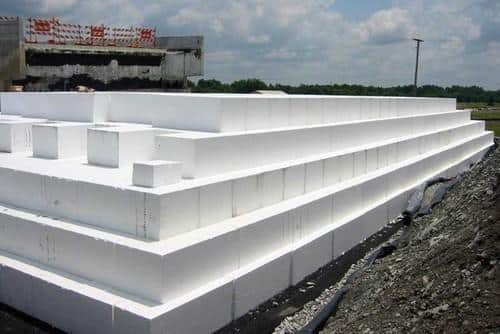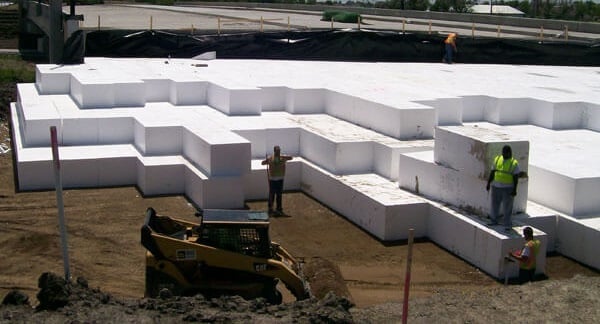Top Benefits of EPS Thermocol in Construction
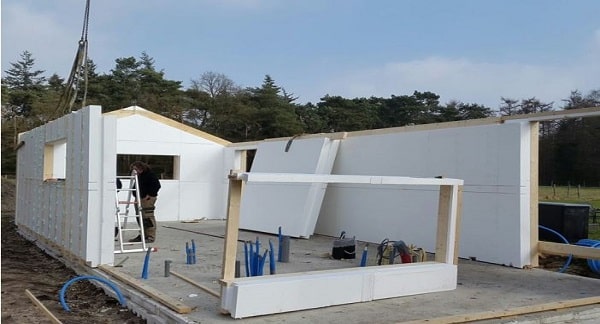
Expanded polystyrene is one of the most flexible materials available today. It can be used for various constructions due to its strength, stability and light weight. When it comes to EPACK thermocol, the benefits are great, especially when compared to other building materials.
Let’s take a look at the five most important benefits of EPS construction.
1. Stable R-Value
The construction against the two outer walls of the house. A white cover board is always sealed with blue tape. When comparing the different benefits and advantages of different roofing products, the focus is often on cost, environmental impact, and flexibility, but the main concern is almost to be always work.
EPS has a high R-value per inch and is closely comparable to other insulation materials.
EPS insulation offers excellent thermal resistance, and its consistency and stability set it apart from other insulation materials like XPS. The stability and durability of EPS products means they have a longer lifespan than other insulation products and will not need to be replaced regularly, resulting in long-term savings.
EPS is just air and polystyrene – no blowing agents or chemicals added. This means that its R-value does not decrease over time and will be as effective in fifty years as it was on the first day.
2. Dimensional Stability
A bridge under construction, using lightweight EPS Geofoam blocks, over which the exterior concrete tiles are being installed.
Many plastic polymers shrink or expand when exposed to moisture or temperature changes. But EPS thermocol has excellent dimensional stability and is not affected by various environmental conditions.
The maximum dimensional change of EPS Geofoam is less than 2% and the visible material performance means that it delivers consistent performance during its lifetime.
3. Compressive Resistance
One of the most important mechanical properties of EPS is its resistance to compressive stress – and strength and strength capabilities increase with higher density.
EPS thermocol is a closed cell foam, meaning there are no gaps or spaces between the cells. Because of this composition, EPS is resistant to bending and compression, so it works well in heavy conditions.
EPS is an extremely durable material for construction projects that does not degrade over time.
4. Lightweight
Since EPS is 98% air, it is one of the lightest building materials available.
Traditional fill materials, such as concrete, soil and sawdust, can pose environmental problems. But the added weight when using EPS infill reduces stress and can be used in delicate environments where other infill options would be too heavy to use.
The lightweight nature of EPS reduces fuel costs and makes it easier to transport materials. It also means that job site management is quick and easy. For example, when using EPACK EPS geofoam as a road filler, the blocks are light and easy to handle and even with a small crew, the work will be completed faster than if and you use soil or stone – saving time and labor.
5. Ease of Use
A construction worker carries an EPS Geofoam block over his head.
EPS can help improve construction efficiency. Lightweight materials are also handled by hand and can be stacked, dyed or custom cut during manufacturing or on site to suit any design specification. It can be handled safely without the need for special equipment or additional safety equipment like protective clothing, masks or goggles.
Additionally, products like EPS Geofoam blocks can be installed in all weather conditions, helping to minimize construction delays.
To know more about EPACK Geofoam talk to our experts at +91-8448187715/17/48, 8800194670 or visit our website- www.epackindia.com

